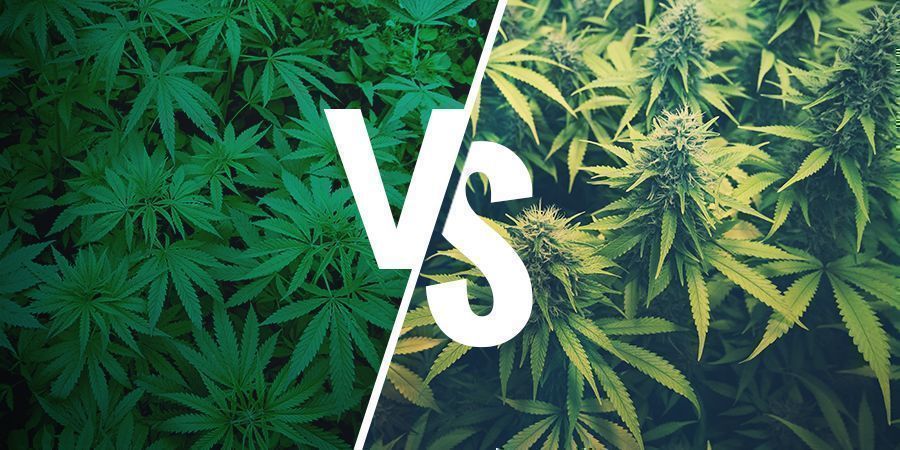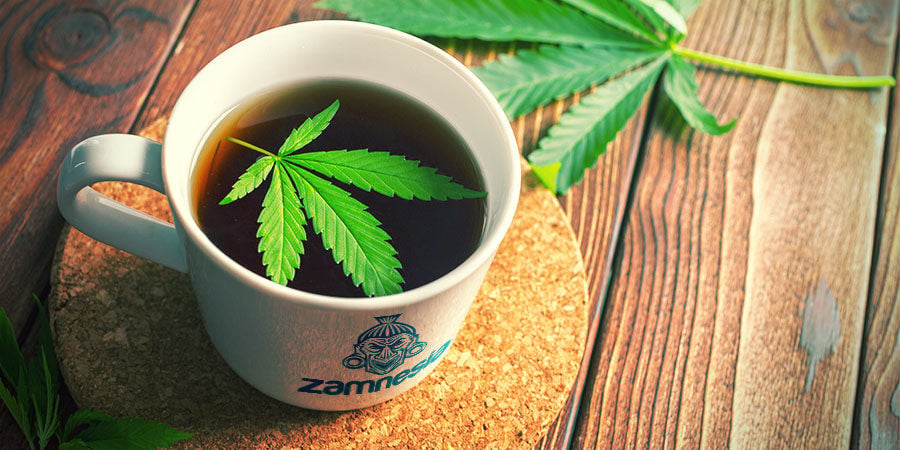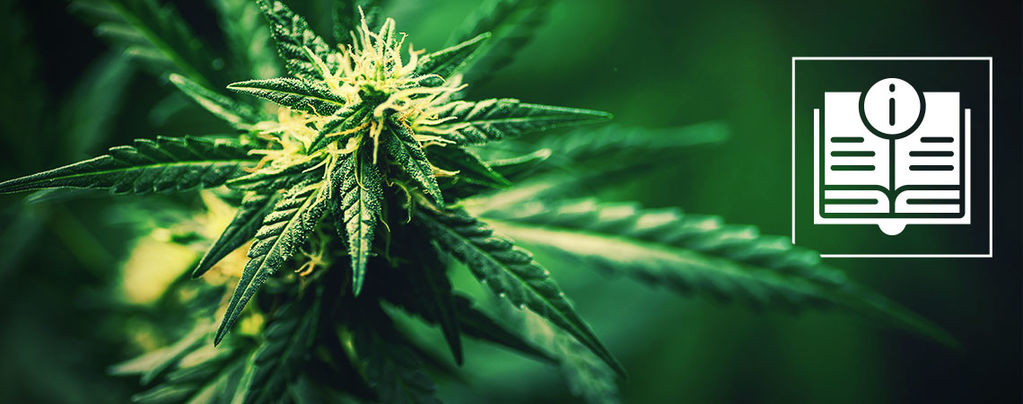
An Introduction To Hemp
Hemp is perhaps the most useful plant known to humanity. In this article, we take a closer look at hemp, how it differs from cannabis and its history. Furthermore, we take a look at the many applications of hemp.
Man has been harnessing hemp for millennia to produce such things as food, rope, cloth, paper, and fuel. It is probably the most useful plant humanity has ever had a relationship with. Recently, hemp has been thrust back into the spotlight as science continues to unveil the therapeutic potential of this plant and its chemical constituents. But what exactly is hemp? And what’s the difference between hemp and marijuana? We take a look into hemp’s storied past, contentious present, and promising future.
WHAT IS HEMP AND HOW IS IT DIFFERENT FROM MARIJUANA?
The words “hemp” and “marijuana” are sometimes referenced as being entirely separate species. In reality, this isn’t true. Although they are quite different in their cannabinoid profile and somewhat different in morphology, this is a result of intensive selective breeding and environmental adaptation over centuries. Specifically, the main factor that separates hemp from marijuana is THC content. As the main psychoactive component in cannabis, THC is still widely considered illicit in regions across the world. As such, in order to produce, utilise, and sell hemp and hemp-derived products, plants must contain negligible levels of THC. The result is a plant that can be used for myriad purposes, without causing a high if ingested.
The acceptable threshold for THC in hemp is quite minute, between 0.2–0.3% depending on country. In the US, hemp must contain no more than 0.3% THC. In many European countries, rules are even more strict, with the threshold being 0.2% THC or less.
As industrial hemp doesn’t induce a high when consumed, it has never been used as a recreational drug. Outside of that realm, however, hemp has enjoyed widespread, multifaceted use for various industrial purposes since it was first cultivated. The plant and its fibres can be used to make everything from building materials to food, fuel, and paper. As we become ever-more conscious about the environment, hemp is now seeing a renaissance as a sustainable, environmentally friendly resource.
Moreover, evidence (Noreen et al., 2018) is mounting that another cannabinoid found in the cannabis plant, CBD (cannabidiol), may have various benefits. As CBD is non-psychotropic and appears in relatively large quantities in hemp, the crop is now also being used to extract high-quality CBD to create products like CBD oils and cosmetics.
A BRIEF HISTORY OF HEMP
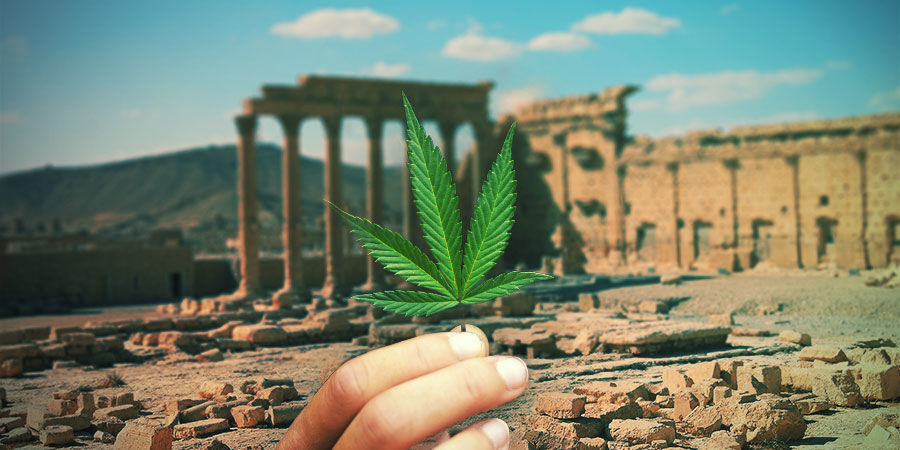
It is believed that hemp was already widely used more than 10,000 years ago, which would make it one of the oldest domesticated plants in the world. Some even go so far as to speculate that it was hemp cultivation which ultimately led to the development of modern civilisation.
DISCOVERY AND ANCIENT USE OF HEMP
Archaeologists found evidence of early hemp use in ancient Mesopotamian burial sites (a historical region of the Middle East comprising today’s Iraq, Kuwait, and Syria), where they discovered the remains of hemp clothing. They also unearthed pottery in Taiwan that contained hemp rope dating back to about 8,000 BCE.
In ancient China, records show that hemp seeds and oil were used as a food source 8,000 years ago. Somewhat later, about 4,000 BCE, hemp was used to make textiles. The early Chinese also used hemp to make bowstrings for soldiers.
In ancient Egypt, around 2,800 BCE, Egyptian goddess Seshat was depicted with a hemp leaf above her head.
Around 900–200 BCE, the use of hemp and cannabis spread to Europe. A group of nomadic warriors known as the Scythians, who lived in now southern Siberia, established trade routes connecting Europe with the Far East, resulting in the exchange of goods like hemp.
Around 200 BCE, China invented hemp-based paper, which was made from pressed hemp fibre mixed with bark and water. The early Chinese considered this invention so revolutionary that they kept it hidden for many hundreds of years.
HEMP IN THE MIDDLE AGES
During the Middle Ages, hemp became an important crop of enormous economic and social value, supplying much of the world’s need for food and fibre. Among its uses was to create canvas for ship sails (“canvas” originating from the word “cannabis”) and rope. Hemp had the advantage of being much stronger than cotton and resistant to salt water. Hemp fibre taken from rope was also used to caulk wooden ships.
In fact, hemp had become so important by the Middle Ages that, in 1535, King Henry VIII of England compelled landowners to sow the plant, or be fined. To get an idea of just how important hemp has been, it may also help to know that up until the early 20th century, almost all clothing was made from hemp.
HEMP IN THE MODERN ERA
In the 19th and early 20th centuries, with new materials having been discovered and new fibres for textiles being invented, hemp had lost its importance in certain industries. But the biggest blow came with the prohibition of cannabis in many countries.
Up until recently, there was no distinction between hemp and marijuana. The US Marihuana Tax Act of 1937, and subsequent ban of marijuana (and therefore hemp) as an illegal drug in many countries, essentially killed the entire industry.
Only in very recent times, as cannabis laws have become more relaxed and a greater body of scientific literature has come to light, has there been a resurgence in the acceptance and appreciation of cannabis and its variants. Today, hemp is being rediscovered as an environmentally friendly resource that can replace plastics and other materials detrimental to the environment. Moreover, we've only just begun to elucidate the potential benefits of cannabis and hemp for medicinal and therapeutic use.
LEGALITY AND CULTIVATION OF HEMP
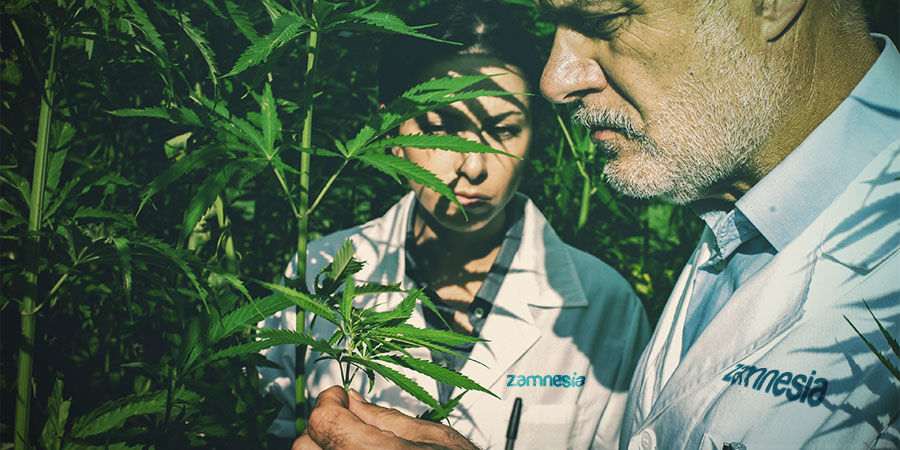
It took decades for the US government to acknowledge that industrial hemp and marijuana have a crucial difference in chemotype (chemical makeup). In fact, it was only in 1961 that a UN treaty allowed for the cultivation of industrial hemp. Even today, some hemp farmers are still encountering obstacles due the stigma still attached to the cannabis plant. The reason for this is simple. Marijuana (which, despite legalization efforts is still illegal in many places) is indeed the same species as hemp, and one wouldn’t necessarily know the difference just by looking at them. What makes one legal and the other illegal is how much THC they contain, something that can only be determined with appropriate equipment.
Now that the US has passed the 2018 Farm Bill, cultivation of hemp is legal if its THC content doesn’t exceed 0.3%. Hemp cultivation is widely legal throughout the EU, but again, the threshold for THC is even lower: 0.2%. As of now, the biggest producers of hemp are China, Canada, the US, France, Chile, and North Korea.
THE USES OF HEMP
Despite the war on drugs having tainted the image of cannabis over several decades, hemp hasn’t lost its importance nor its versatility. Far from it. In fact, hemp has again risen into consciousness as the extremely useful plant that it is. Indeed, there are now more uses for the plant than ever before.
Aside from being used to make clothing, food, and drink, it is now also widely used to make cosmetics such as CBD anti-aging creams and capsules.
With the popularity of cannabis for recreational and medicinal use rising year over year, smokers can now also find associated products such as rolling papers made from hemp and hemp wick for lighting bongs and pipes.
NUTRITIONAL USES OF HEMP
Hemp seeds don’t just have a deliciously nutty flavour. They are also an extremely healthy food source rich in omega-3 fatty acids and plant-based protein. Furthermore, they contain high amounts of vitamin E, plus valuable minerals including phosphorus, potassium, sodium, magnesium, sulphur, calcium, iron, and zinc. How about healthy hemp snacks or getting some chill time in with a nice hot cup of hemp tea?
SOCIOECONOMIC USES OF HEMP

In times past, the idea that cannabis could help save the world was no more than a stoner’s fantasy. But what sounded like a hippie dream then is now becoming a reality. Hemp and cannabis may indeed have the potential to save the economy. It can be used as fuel, in construction, cosmetics, food, textiles, paper, and plastic. There are an estimated 25,000 products that can be made out of hemp, and this means plenty of opportunities for a gigantic, and still mostly untapped, industry.
There is great potential not only for new product development, but also for creating thousands of new jobs along with many benefits for a cleaner environment.
RECENT DEVELOPMENTS AND THE FUTURE OF HEMP
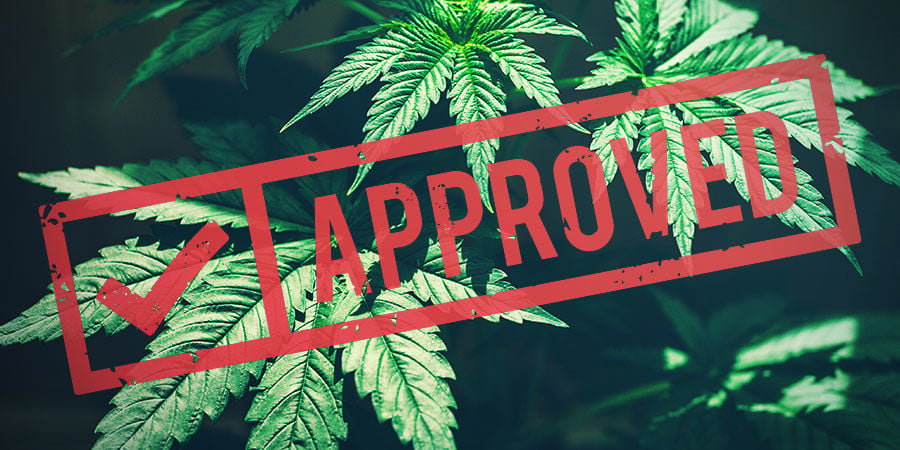
With hemp showing so much promise as a major player for a brighter, cleaner, and all-around better future, cannabis legalization is still moving slower than many of us would like.
But, while progress may seem slow, there is a light at the end of the tunnel: Hemp farmers in America have now gotten support, surprisingly from both Democrats and Republicans, as the 2018 Farm Bill cements the legalization of hemp cultivation in the States. And, of course, now that the US has made such a landmark decision (alongside Canada’s comprehensive legalization of cannabis) other countries are bound to follow suit. For the future of hemp, this is very good news.
Lorenza Romanese, Managing Director of the European Industrial Hemp Association (EIHA), has also taken a look at the future of hemp. She breaks down the core issues we are facing, and explains how hemp is capable of solving them:
-
Hemp production is carbon-negative, which means it absorbs more carbon from the atmosphere during its growth than is emitted by the equipment used to harvest, process, and transport it.
-
Hemp can be used to produce foods and supplements that support our health.
-
The stalk provides zero-carbon raw materials, which makes it ideal for the next generation of environmentally responsible applications.
-
The hemp industry could play a leading role in the development of a low-carbon, environmentally responsible industry while also creating a wealth of jobs.
But we shouldn't let our excitement carry us away. There are still many regulations in the way of global hemp cultivation, with outright bans in some parts of the world. In the meantime, knowledge is power, and we hope this explanation of hemp and its history will help keep you informed as new developments come to light.
- Noreen N, Muhammad F, Akhtar B, Azam F, & Anwar MI. (2018). Is Cannabidiol a Promising Substance for New Drug Development? A Review of Its Potential Therapeutic Applications - PubMed - https://www.ncbi.nlm.nih.gov
-
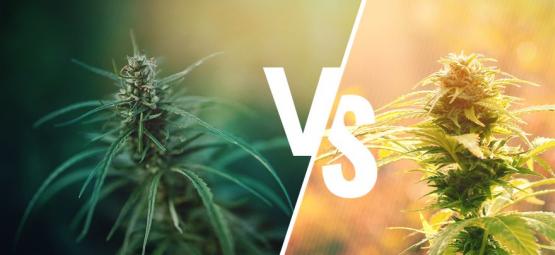
5 min 26 October, 2020 What's The Difference Between Cannabis And Hemp Hemp and cannabis are commonly confused. Although they have a plethora of different uses that have the potential to change the medical and industrial worlds, these plants share the exact same roots.
-
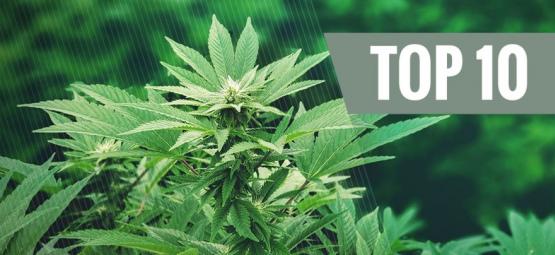
5 min 28 August, 2020 Top 10 Popular Uses For Hemp In a world where we have become used to disposable, synthetic, and environmentally damaging products and processes, could hemp be the secret weapon in this fight against the "plastics age"? A...
-
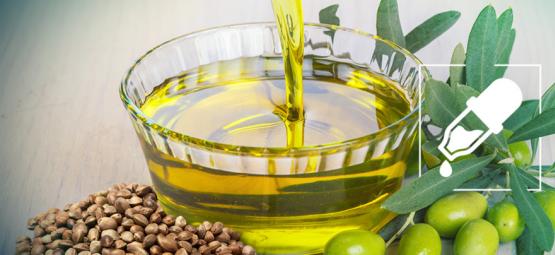
3 min 28 January, 2020 Which Is A Better Carrier For CBD, Hemp Seed Oil Or Olive Oil? CBD oils are created using an array of different carrier oils—so which is better, hemp seed oil or olive oil? What about other carrier oils?
-

3 min 18 November, 2019 What's The Difference Between CBD Oil And Hemp Oil? CBD has become a household name. With hundreds of CBD products available, it can be difficult to understand the differences. There's a lot of confusion surrounding the distinction between CBD oil...




 Seedshop
Seedshop Headshop
Headshop Vaporshop
Vaporshop Healthshop
Healthshop Smartshop
Smartshop Shroomshop
Shroomshop Plantshop
Plantshop United States
United States

